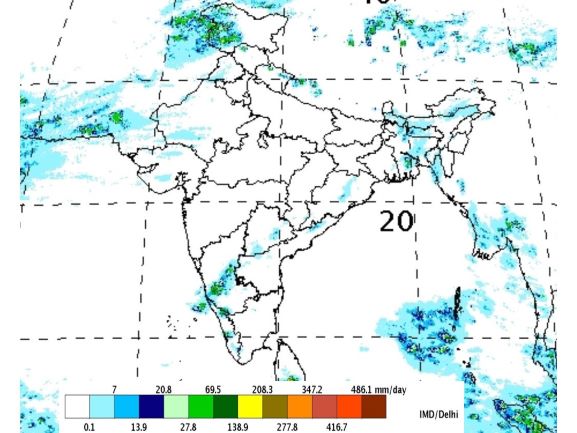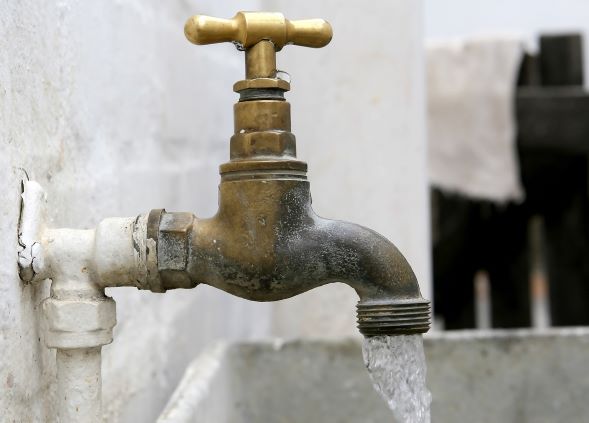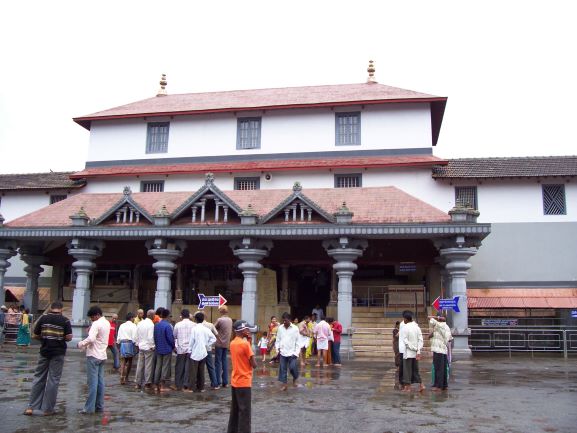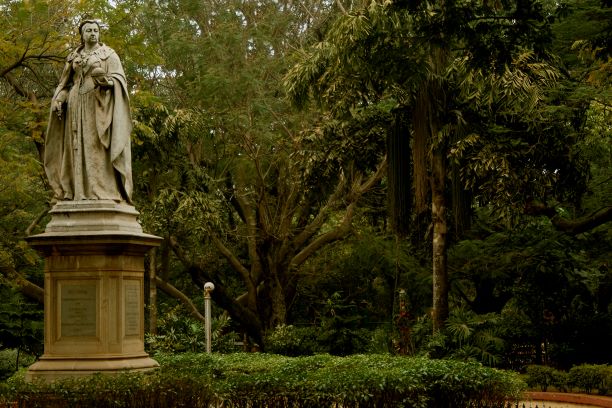Water Crisis Worsening: Water Level in Major Reservoirs Dip to 20%
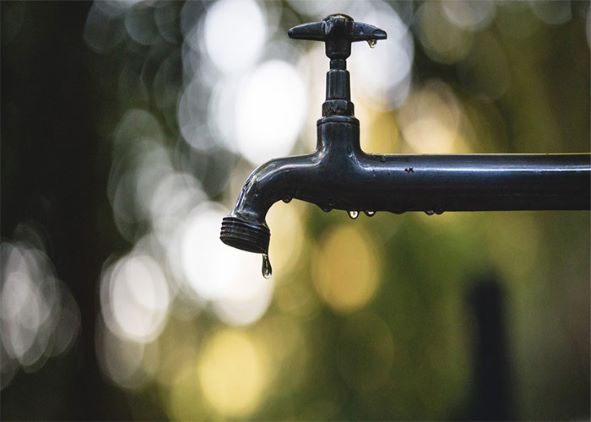
According to the CWC, “The water storage available in 91 major reservoirs of the country for the week ending on May 30, 2019, was 31.65 billion cubic meters, which is 20% of the total storage capacity of these reservoirs. This percentage was at 21% for the week ending on May 23, 2019.”
The bad news doesn’t end here. The commission also adds that the water storage in reservoirs of most States of the west and south India has dipped to less than the average of last 10 years. This means just as June summers have made their entry, the western region of the country, which includes Gujarat and Maharashtra, having 27 major reservoirs are left with a total live storage capacity of 31.26 billion cubic meters (BCM).
“The total live storage available in these reservoirs is 3.53 BCM which is 11% of the total live storage capacity. The storage during the corresponding period last year was 15% and the average storage of the corresponding period in the last 10 years was 19% of its live storage capacity,” CWC says. This figure is especially worrying as the average fell below last year’s drought situation and monsoons are at least a month away from reaching the western shores.
The situation is particularly grim in the Marathwada region of Maharashtra where the water level in reservoirs has dipped to an all-time low.
Southern India has no better news. In the southern region, including Andhra Pradesh, Telangana, Kerala, Karnataka and Tamil Nadu, 31 reservoirs have a total live storage capacity of 51.59 BCM.
The total live storage available in these reservoirs is 5.91 BCM which is 11% of its total live storage capacity. The storage during the corresponding period of last year was 12% and the average storage of the last 10 years during the same period was 15% of the live storage capacity of these reservoirs.
Northern India, despite battling heat waves, has recorded total live storage of 7.56 BCM which is 42% of the total live storage capacity of 6 reservoirs under CWC monitoring. On the other hand, the eastern region with 15 reservoirs has meager live storage of 4.02 BCM available which is just 21% of the total live storage capacity of these reservoirs.
With the new water ministry taking the reins of India’s Water Emergency, has its work cut out as the water levels all over different regions have depleted to single integers. More that 600 million people, which are almost half of the population, face severe water crisis year after year and to make matters more challenging about 54% of the country’s groundwater is declining faster than it is being replenished and there is a crippling dependence on monsoon rains. So, this time we hope that water administration, which remains a state subject, under the new Jal Shakti Ministry will do more than just flush precious water and money on more schemes. We remain gingerly optimistic that people too will ask for action as they have started to act too. Water is a complex issue and no one solution will be key to answering this problem.

